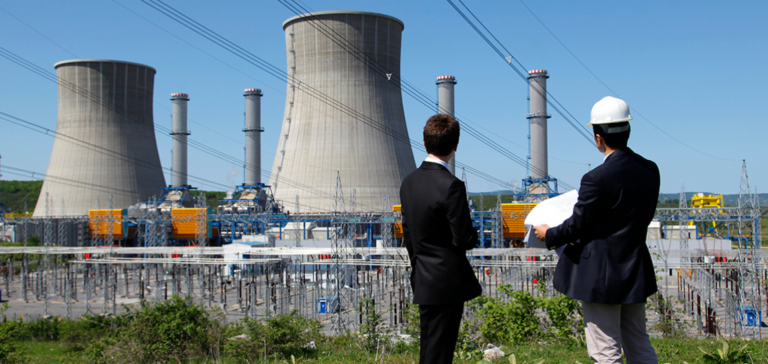The CA20 nuclear project, characterized by its cubic module, marks a significant step forward in the field of nuclear energy. This module, housing various items of equipment for spent fuel storage, transmission, heat exchanger and waste collection, symbolizes the continued progress of construction of the first of two CAP1000 units, the initial phase of an ambitious project to accommodate six reactors of this type.
A major project in Lianjiang
Approved by the Chinese State Council in September 2022, construction of the first CAP1000 reactors, China’s version of the Westinghouse AP1000, is underway at the Lianjiang site. These reactors, each with a capacity of 1250MWe, saw the start of excavation work the same month, with the first concrete for the foundations of unit 1 being poured at the end of September. Unit 1 at Lianjiang is scheduled for completion and commissioning in 2028.
Energy and Environmental Impact
Once the six CAP1000 units are completed, annual electricity production should reach around 70.2TWh. This would reduce standard coal consumption by over 20 million tonnes, and carbon dioxide emissions by over 52 million tonnes. Expected reductions in sulphur dioxide and nitrogen oxide emissions are also significant, amounting to around 171,000 tonnes and 149,000 tonnes respectively.
Technological Innovations
The Lianjiang power plant, managed by State Power Investment Corp (SPIC), represents a milestone in the history of nuclear power in China. It will be the first to adopt secondary circulation seawater cooling technology, and the first to use an exceptionally large cooling tower.
The CA20 nuclear project in Lianjiang is a fusion of technological innovation and environmental commitment. Its completion promises not only a breakthrough in nuclear power generation, but also a significant contribution to the reduction of greenhouse gas emissions, underlining the importance of such initiatives as part of the global energy transition.






















